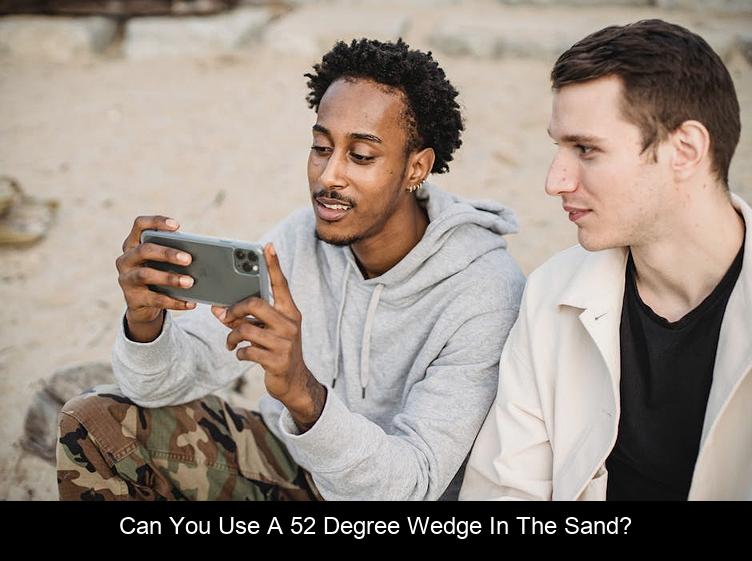Are you looking for a good sand wedge golf club that will help you win many tournaments? If so, then you should definitely check out the best sand wedges golf club for you. There are many different sand wedges golf clubs out there, but only a few of them will work best for you. That reason, it is important to find the best sand wedges golf club and invest in it properly so that you can achieve the results you want. Here, we will introduce you to the best sand wedges golf club for you, so you can make the best decision when it comes to choosing the best sand wedges golf club for you.
What’s the best sand wedge loft?
If you have a pitching wedge that is 46 degrees and a gap wedge that is 50 degrees, we would suggest sanding the gap wedge with a 54 degree sand wedge.
What wedges does Phil Mickelson use?
Mickelson uses three Callaway wedges at the moment. He is the best short game player of all time andcarrys three Callaway wedges. The Callaway wedges are Raw because they were designed by Roger Cleveland.

Are Cleveland sand wedges good?
They play well off the fairway, out of the sand, and anywhere in between. feel, forgiveness, and playability make the Cleveland CBX 2’s best wedge for high handicappers, mid handicappers, and beginners as well.
What is special about a sand wedge?
The sand wedge is designed with an inverted or “baffle” sole that fits tightly into the sand and prevents the club from stopping deep into the sand. The sand wedge is also 4 to 8 swing weights heavier than the other irons, and the width of the sole is the widest.
What Callaway grind is best for sand?
X Grind offers a new grind that features a narrow, high-bounce, crescent-shaped center section. This new grind is ideal for handling soft turf and fluffy sand.

Can I use a 60 degree wedge in the sand?
A 60-degree wedge can work well out of the sand but it’s important to have at least 10 degrees of loft. A wedge with more loft can help you get the ball out of deep bunkers or fly a shorter distance.
Is a 56 degree wedge a sand wedge?
What is a 56-degree wedge? A 56-degree wedge is often referred to by most golfers as the sand wedge. It provides a high amount of bounce and allows golfers to get out of many sticky situations on the golf course. Every golfer should have a sand wedge in their golf bag for this very purpose.
Can you use a 52 degree wedge in the sand?
The52degreewedge is a popular wedge that is used to take short-distance shots. However, this wedge is not limited only to short shots as it is equally beneficial in all stages of the game. It is a popular one as it can be good on both the fairway and sand.

Is 10 degree bounce good for sand?
Because of its wide sole, lob wedges can be used for high, soft sand shots. Bounce angles of 10 \u2013 13 degrees are preferable.
Is more bounce better for sand shots?
The more bounce the less the club will dig into the sand. So look for a sand wedge of 56 degrees of loft and at least 10 degrees of bounce for soft sand, and for harder. compacted sand look for a 56 or 60 degree sand wedge with 8 degrees of bounce.
What is standard bounce on a sand wedge?
Typical sand wedges will have between 10 and 14% bounce. Generally speaking, the more bounce you have, the club will tend to dig into the sand. With lots of bounce, the club will tend to slide through the sand, without digging down or sticking into the sand.
What is the most common loft for a sand wedge?
A standard sand wedge has a loft of 56\u00ba. However, you can also opt for a sand wedge with a loft of 58\u00ba. A wedge with more than 58\u00ba degrees of loft is usually called a lob wedge. Golfers tend to hit a sand wedge 60 \u2013 80 yards.
Is a 58 degree wedge a sand wedge?
The sand wedge is more lofted than a pitching wedge, generally between 54 and 58 degrees. As the name suggests, one of its main functions is to hit from the sand in bunkers.
What is the difference between a sand wedge and a pitching wedge?
The most significant difference between a pitching wedge and a sand wedge is the lie angle. As previously noted, pitching wedges usually lie between 45 and 50 degrees. A sand wedge will have a loft of 54 to 58 degrees, with the majority falling around 56 degrees.
What sand wedge does Phil Mickelson use?
” behind the design of the 2019 PM Grind Wedge with arguably the best wedge player in history and co-creator of the PM Grind, Phil Mickelson .”
Welcome! I’m Paige Cooke, and I’m delighted to have you here on mohicanhillsgolfclub.net. As a fervent golfer with years of experience, I have a deep admiration for the sport and a comprehensive understanding of its equipment. With this expertise, I established this blog to serve as a mentor and advisor to fellow golf enthusiasts.
